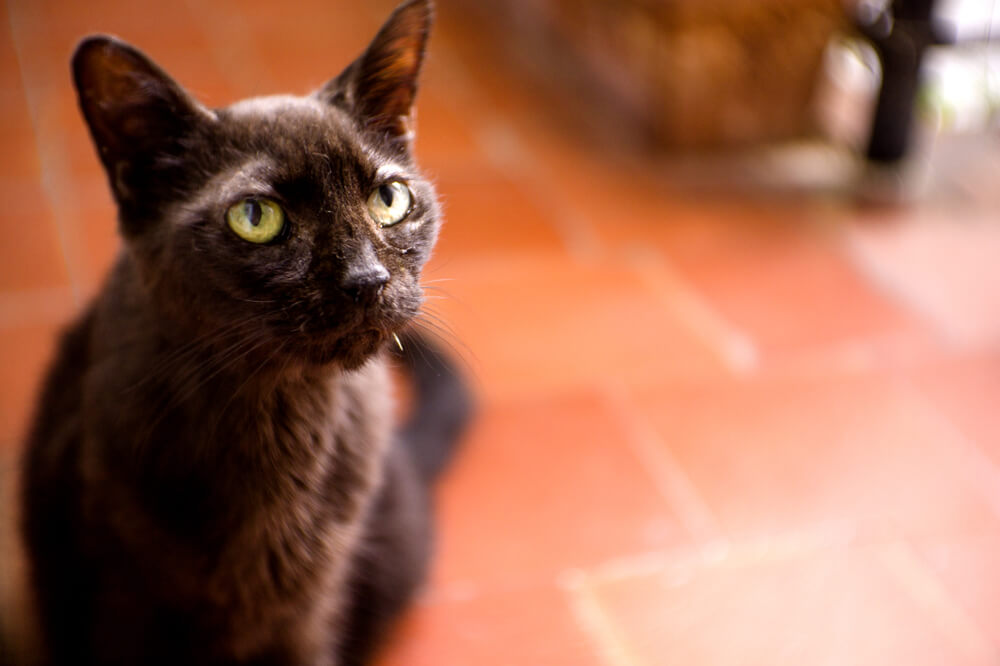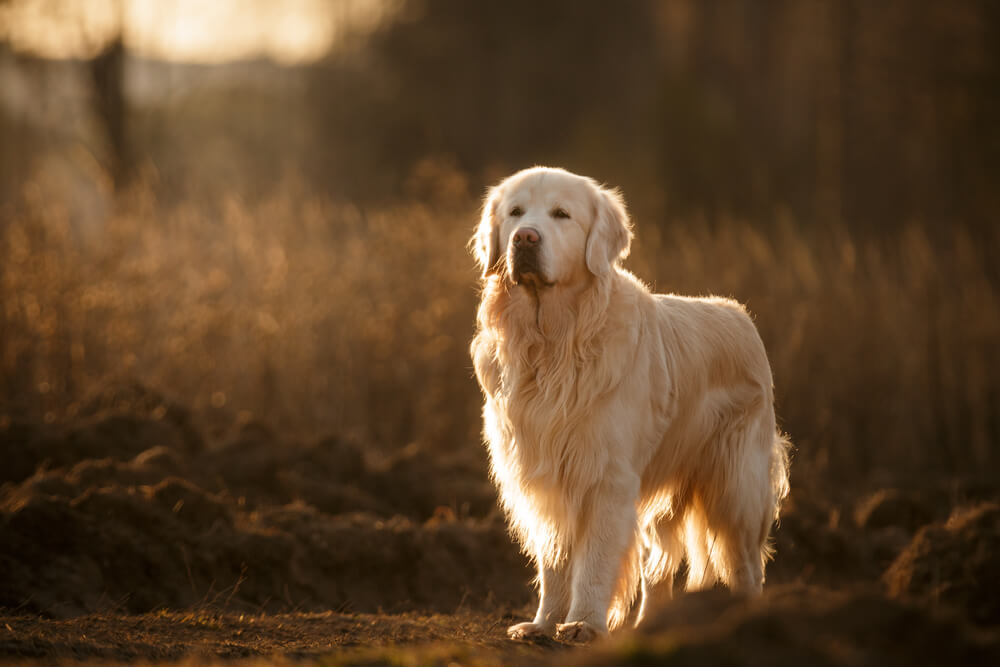The thyroid is a small but powerful gland whose function is critical to nearly every internal process. So, when this little control center is out of order, dogs and cats can become significantly ill. Let’s take a look at what your pet’s thyroid does, how the gland malfunctions, and what can be done to help get it back on track.
What is the thyroid and how does it help my pet?
The thyroid is a small bi-lobed endocrine gland located along the trachea (i.e., windpipe) below the larynx. The thyroid secretes hormones directly into the bloodstream where they enter general circulation. Thyroid hormones (i.e., T3 and T4) maintain the metabolism of countless body processes, including temperature, heart, digestive, and muscular function, and act as an internal thermostat to regulate physiological events.
Why does the thyroid malfunction in pets?
Normal thyroid function can be disrupted by many things. Hypothyroidism (i.e., low or underactive thyroid) in dogs is most frequently caused by the destruction of thyroid tissue and architecture, rendering the gland incapable of producing sufficient hormones. In cats, who are predominantly affected by hyperthyroidism (i.e., overactive thyroid), the most common cause is a functional thyroid adenoma, which is a benign tumor that produces excess thyroid hormone.
Other less common causes for thyroid disorder in dogs and cats include:
- Congenital (i.e., inherited) conditions
- Space-occupying tumors that press on the thyroid
- Malignant cancer
- Thyroid disease treatment (e.g., hyperthyroid cats can become hypothyroid after certain treatments)
Thyroid disease in dogs—hypothyroidism
Hypothyroidism (i.e., low thyroid) is the most common presentation of thyroid disorder in dogs. The condition typically starts between 4 and 10 years of age, and can affect any breed or gender, although spayed females are more commonly affected. Hypothyroidism is more frequently identified in some breeds who may possess a genetic predisposition. Those breeds include:
- Golden retrievers
- Doberman pinschers
- Miniature schnauzers
- Dachshunds
- Airedales
- Cocker spaniels
Hyperthyroidism (i.e., overactive thyroid) has been identified in dogs, but is extremely rare, and is often caused by thyroid cancer or hypothyroidism treatment.
What are hypothyroidism signs in dogs?
Although canine hypothyroidism has several classic signs, dogs can present with only mild changes, making the disease easy to overlook. Subtle changes to your pet’s routine and physical condition can be important health clues—when in doubt, schedule an examination with Neighborhood Vets Mobile Care.
Classic hypothyroidism signs in dogs include:
- Lethargy
- Weight gain without increase in appetite
- Thinning hair or alopecia
- Coat changes, which may include dryness, dullness, inability to shed, altered texture, and secondary skin infections
Thyroid disease in cats—hyperthyroidism
Cats and dogs couldn’t be more different—so the fact that cats suffer most commonly from the exact opposite condition—overactive (i.e., hyper) thyroid—is fitting. Middle-aged to elderly cats are most likely to be hyperthyroid, and more than 70% of cases are caused by a functional thyroid tumor (i.e., adenoma) that produces excess hormones.
Cats can experience underactive thyroid, but this is most often secondary to hyperthyroidism treatment, and almost never occurs naturally.
What are hyperthyroidism signs in cats?
High levels of circulating thyroid hormone accelerate all metabolic processes, and put cats in a significantly unhealthy and uncomfortable state. Classic feline hyperthyroidism signs include:
- Weight loss, despite a ravenous appetite
- Poor body condition
- Dull, unkempt coat
- Increased urination
- Increased thirst
- Agitation, nervousness
- Gastrointestinal changes
- High heart rate
- Palpable neck mass
Since weight loss and changes in urination and thirst can indicate other common feline conditions, including kidney disease, schedule an appointment with our team, if you notice changes in your cat’s body condition or behavior.
Diagnosing thyroid disorders in pets
When your veterinarian suspects thyroid disease, they will rely on your pet’s clinical history (i.e., their at-home behavior), physical examination findings, and blood work, to confirm a diagnosis. Pets with deficient or excessive thyroid hormone will display characteristic physical signs, such as changes in coat, body composition, heart rate, or an enlarged thyroid gland, and have abnormal circulating thyroid hormone levels in their blood.
Treating thyroid disorders in pets
Thyroid disease treatment depends on the cause. In general, hypothyroid dogs are treated with oral thyroid hormone replacement, which must be given every day for life. The veterinarian will use annual blood work to confirm appropriate hormone levels, and make adjustments according to the results, or your pet’s body weight changes.
Therapies for hyperthyroid cats are slightly different and include:
- Complete thyroid removal (i.e., thyroidectomy)
- Radioactive iodine therapy — This is a one-time injection that restores normal thyroid function in one month following treatment. For radiation safety, this procedure is performed only at approved facilities.
- Daily antithyroid medication
Dogs and cats with suspected thyroid cancer or space-occupying tumors may be referred for specialized imaging, biopsy, and surgical removal. Cancerous tumors may require radiation.
Thyroid disease prognosis and management in pets

Thyroid disorders are highly responsive to treatment, so long as pets are kept on daily medication. Pet owners are often impressed by the rapid change in their pet’s condition and behavior once thyroid treatment or medication is initiated.
Pets with thyroid disease can live a completely normal and active life once their hormone levels are regulated. Regular follow-up examinations will ensure your hyper- or hypothyroid pet stays healthy and symptom-free, and that their hormone levels stay in normal range.
If your pet has experienced recent changes in body condition or behavior, don’t wait—schedule an appointment with Neighborhood Vets Mobile Care, so we can help your pet feel like themselves again.

